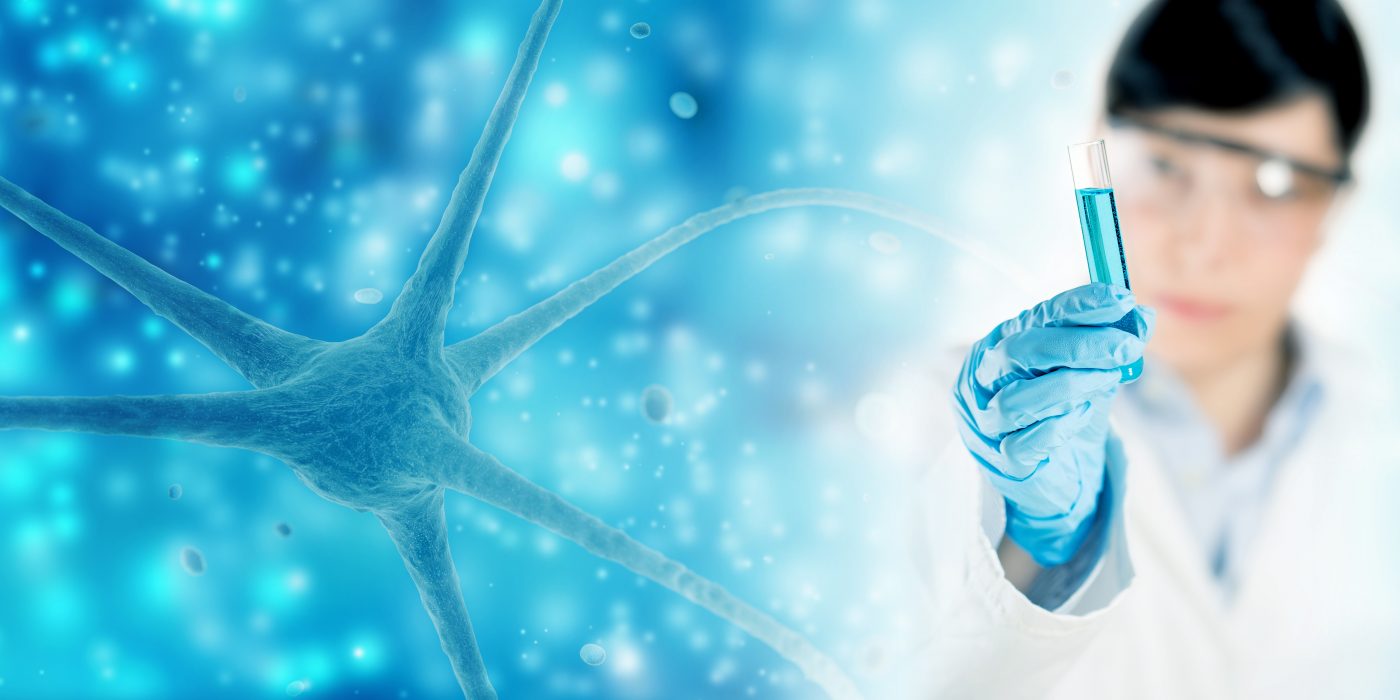Scientists Control Stem Cells’ Change to Neurons, a Potentially Valuable Tool for Huntington’s
Written by |

Embryonic stem cells have been seen as a potential therapeutic strategy for several diseases. However, the manipulation of these cells has been a challenge for scientists due to their complex regulatory systems.
In a study published in Nature Communications a team led by researchers at the Cologne Cluster of Excellence in Cellular Stress Responses in Aging-associated Diseases (CECAD) at the University of Cologne identified a protein that can regulate the fate of embryonic stem cells and their transformation into mature nerve cells.
This finding could be valuable in the study of Huntington’s and other neurodegenerative diseases.
Embryonic stem cells are immature cells that have the capacity to differentiate and change into any mature cell in our bodies. Their fate is managed in accordance with the body’s needs by signals that will control their intricate cellular regulatory network.
Identifying these signals and how they work has become of major importance for the future use of stem cells in medicine.
Until now, the available knowledge in stem cell differentiation into mature neurons has only allowed the generation of mixtures of neuronal and other cell types.
The finding reported in the study, “A post-transcriptional program coordinated by CSDE1 prevents intrinsic neural differentiation of human embryonic stem cells,” may change this scenario.
The Cologne researchers found that embryonic stem cells had significantly high levels of a protein called CSDE1 compared to mature neurons. The researchers then tested what happened to the stem cells when they lacked that specific protein. They used a genetic manipulation technique, CRISPR, to block the gene that encoded the CSDE1 protein, and found that all embryonic stem cells would then transform into neurons with 100 percent efficiency.
“By silencing one single protein with the gene-editing method CRISPR, the cells spontaneously start to differentiate into neurons! That’s a great and much faster way to increase neurogenesis,” David Vilchez, PhD, principal investigator at CECAD and senior author of the study, said in a news release.
“This could be a very powerful mechanism to have pure populations of neurons and to facilitate a better understanding of neurodegenerative diseases,” he said.
Additional analyses revealed that CSDE1 was working as a break to prevent the differentiation of the stem cells, keeping them in an immature state. But in the absence of this protein, a cascade of neuronal signals was activated, triggering the formation of new nerve cells (called neurogenesis).
“We could visualize the changes and really see it happening; the differentiation goes really fast,” said Hyun Ju Lee, lead author of the study. “We also double-checked in multiple stem cell lines from different donors and induced pluripotent stem cells and got the same results.”
This finding may provide a new tool for scientists to improve their knowledge about several neurological diseases in which neurons are affected or neurogenesis is impaired, but it may also pave the way for the development of therapies.
“New neurons from the dish could be important for studying diseases like Parkinson’s, Alzheimer’s or Huntington’s, but we are still at the starting point of this exciting research,” Vilchez said.





